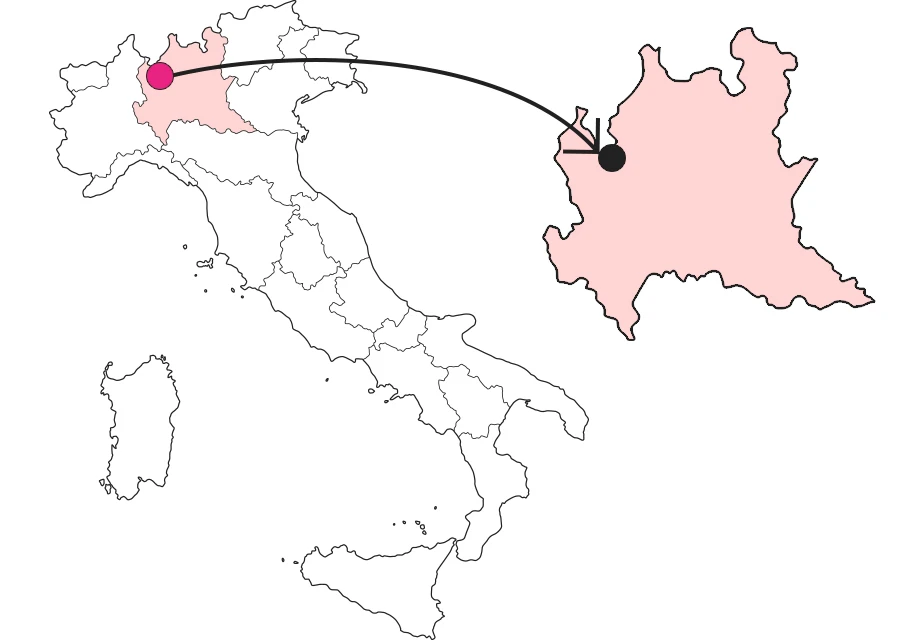

Insight - The Wonders of Eupilio
Nestled in a verdant landscape among rolling hills and the waters of two lakes, Eupilio reveals an ancient military and cultural history

Where

History
Born in 1927 from the union of the small villages of Carella, Mariaga, Penzano, Corneno and Galliano, Eupilio has a long history. It rises on the slopes of Mount Cornizzolo where evidence from the Mesolithic period has been found. In history it was a place of fortifications to guard the transits to and from Vallassina, as evidenced by the castle in the hamlet of Corneno, which was attacked in 1160. Of medieval origin is the Ghita Tower, (12th century), also known as the Molvesio Tower. It is an imposing structure guarding the Segrino road and served as a lookout point. Legend has it that it was the place of imprisonment of a young Milanese maiden. Also military in nature is the Casino delle Fate, with small vertical windows resembling loopholes.
Artists
Eupilio is famous for the many local and non-local writers drawn by the presence of literary circles established by lords and knights. They include George Gordon Byron, Giulio Carcano, Giovanni Torti, and the artist Giovanni Segantini, who chose Eupilio for its unspoiled nature among villas, churches, and historic buildings.
Residences
Here is a roundup of the villas that dot Eupilio. Villa Sant'Antonio Maria Zaccaria, surrounded by a 70,000-square-foot park, is now the exercise house of the Barnabite Fathers. Also worth seeing is the rustic Villa Bellingardi. In Villa Stra mbio lived the physician Gaetano Strambio, the first to study the causes and consequences of pellagra; Alessandro Manzoni also stayed there. The Casino delle Streghe, which belonged to the bishop and historian Paolo Giovio, is a solitary villa surrounded by a large park with an impressive panorama. Once used as a hunting lodge, it hosted the painter Giovanni Segantini, who painted some of his most famous pictures here.
Churches
Churches abound in Eupilio, each with its own treasures. The Church of San Vincenzo in Galliano houses frescoes dating from the second half of the 19th century and Giuseppe Bernasconi's organ from 1847, probably the oldest instrument made by the master. The Church of San Giorgio in Corneno dates from the first half of the 1700s. The Church of San Martino in Carella houses several works by the painter Giovanni Andrea De Magistris. The Church of San Cristoforo in Mariaga was built in the 16th century next to a small stream that flowed into Lake Segrino. The Church of San Lorenzo in Penzano has 16th-century frescoes.
Nature and views
There are several points from which to admire the views, including the panoramic terrace, which can be reached by walking from the cemetery along the Via Crucis path where each station has its own chapel. At Lake Segrino you can swim and ride the bike path along its perimeter. At the center of Lake Pusiano, to which Parini dedicated his first book of poetry, stands the small island of cypresses. From Eupilio it is possible to climb Mount Cornizzolo along a path that also leads to the Sanctuary of the Madonna della Neve in Pusiano.
The Segantini Plantation
In the past, along the path from the village to Alpe di Carella and the former Alpe Fusi, a monumental beech tree over 300 years old was encountered, later felled by lightning. It was known by the name "piantone Segantini," because the Lombard artist used to sit under its branches for inspiration. From Alpe di Carella you can also walk the Sentierone that leads to Fonti di Gajum in Canzo.

